Offenses continually seek ways to challenge and destabilize defenses. Brad Glenn, Offensive Coordinator of the University of Cincinnati, shared valuable insights on eight key stressors that can equalize a defense, emphasizing the importance of simplicity and strategic combination of these elements.
1. Tempo
Tempo is a powerful tool that keeps defenses off balance by accelerating the pace of play. “Using fast-paced play calls, such as one-word plays, allows offenses to quickly line up and run plays before the defense is fully set,” says Glenn. This approach simplifies the game plan and maximizes efficiency by preventing the defense from getting into position and making necessary adjustments.
2. Empty
Running an empty set, where no running backs are in the backfield, forces defenses to cover all receivers and maintain gap integrity. “Empty sets can clean up the picture for the quarterback and limit the defensive coordinator’s options,” Glenn explains. This approach forces the defense to spread out, making identifying coverage and exploiting mismatches easier.
3. Running Triple
The triple option offense challenges defenses to play disciplined assignment football. Defenders must cover the dive, quarterback, and pitch. Glenn highlights the success of this strategy: “Service academies have run the triple option successfully for years, demonstrating its effectiveness in forcing defenses to stay disciplined.”
4. RPOs/Packaged Plays
Run-Pass Options (RPOs) and packaged plays combine multiple play types into a single call, allowing the quarterback to make decisions based on defensive alignment. “RPOs and packaged plays give the offense the ‘pen last,’ enabling them to react to the defense’s setup,” Glenn notes. This flexibility keeps the defense guessing and can exploit weaknesses in their alignment.
5. 2 Tight End Sets
Utilizing two tight end sets creates mismatches and complicates defensive assignments. Glenn points out that these formations, particularly in 12 or 22 personnel groups, are “especially challenging for defensive coordinators in short-yardage and goal-line situations.” Additional blockers and receiving threats force defenses to adjust their personnel and strategy.
6. Unbalanced
Running unbalanced sets forces defenses to adjust their alignments, often leading to confusion and misalignment. Glenn advises, “Offenses can run their base plays out of unbalanced sets to keep it simple while creating defensive headaches.” This tactic can lead to significant advantages without complicating the offensive game plan.
7. Formation into the Sideline (FSL)
Aligning the formation into the sideline constricts the field, making it harder for defenses to adjust and communicate effectively. Glenn emphasizes, “Committing to FSL can be a powerful tactic, as it forces the defense to play in a confined space, limiting their options.”
8. Shifts and Motions
Utilizing shifts and motions keeps defenses guessing and forces them to communicate and adjust quickly. “Shifts and motions prevent defenders from getting set and reading the offense, leading to more offensive success,” Glenn states. This constant movement can create mismatches and open up opportunities for big plays.
Combining Stressors for Maximum Impact
The key to maximizing the impact of these stressors lies in their combination. Glenn suggests, “Combining tempo with unbalanced sets or running triple options with shifts and motions can significantly challenge defenses and create advantages for the offense.” By layering these elements, offenses can create a multi-faceted attack that is difficult for defenses to counter.
Conclusion
Brad Glenn’s insights highlight the importance of simplicity and strategic combination in utilizing these eight stressors. By keeping the game plan straightforward and leveraging these stressors effectively, offenses can equalize and even outmaneuver defenses, leading to greater success on the field.
Free Course from Coach Grabowski – Incorporating Shifts with Minimal Player Learning


